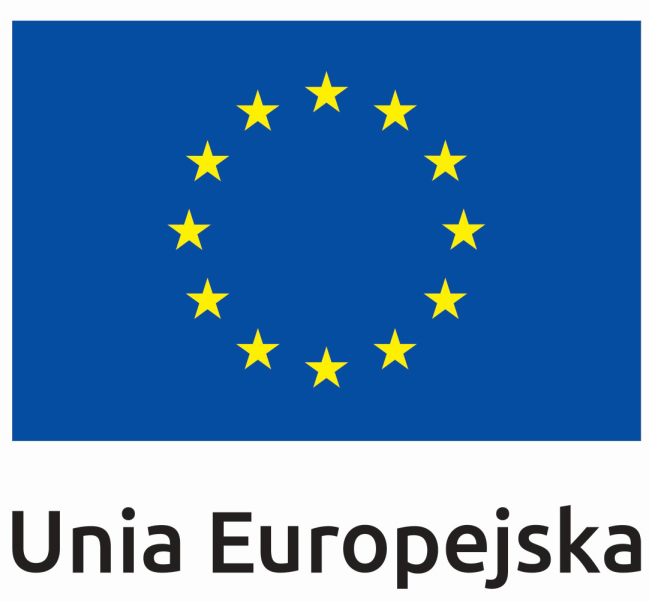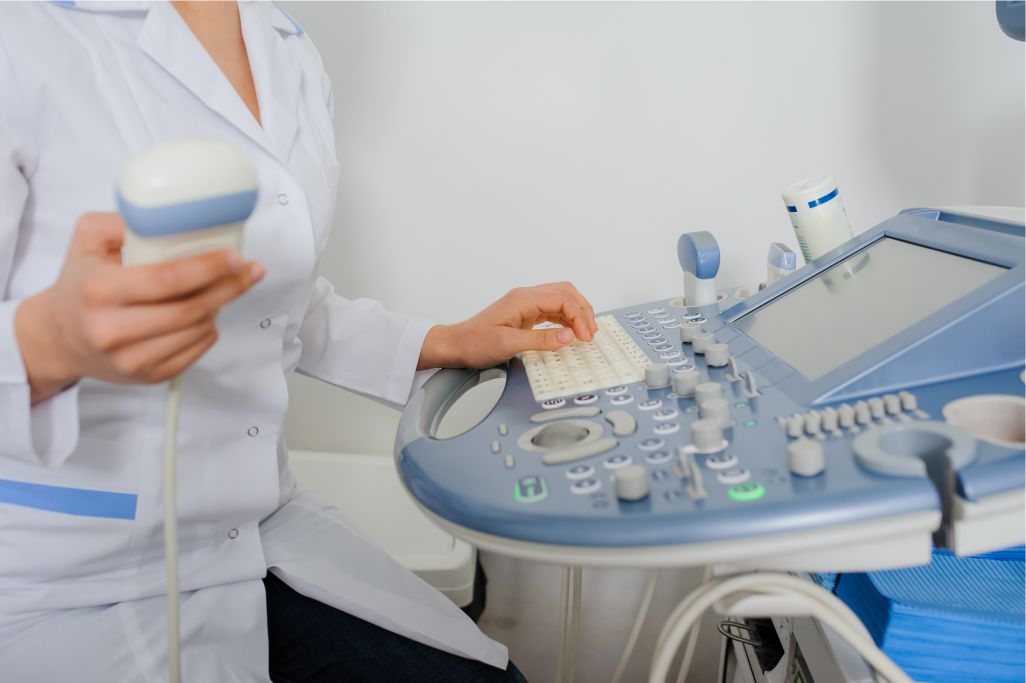The American company Olympus Medical Systems Group has published a Unifia solution based on the RFID technology which allows you to track activities performed by endoscopes: their use, testing, cleaning and processing before they are returned for re-use to another patient. This solution allows to automate data of the endoscopic conditions and eliminate hospital problems related to contamination and infections.
Unifia uses radio frequency identification to track the location, history and status of endoscopes used during medical and surgical procedures. The system helps healthcare providers to manage data on the use of endoscopes, as well as to process and store them.
Unifia consists of a data management software platform for each Olympus endoscope, as well as portable readers that scan the RFID tags and barcodes. The software captures, interprets and stores the RFID reading data, thus creating a history of where and on who each endoscope was used.
How does it work?
The user first places an endoscope ready for use and labelled with an RFID chip in a storage cabinet. Thanks to the hand-held scanner, which is the size of an Apple iPhone, the user can scan the built-in RFID chip on the endoscope to capture a unique identification number encoded on this chip. The scanner transmits this data to software located on the local server via a Wi-Fi connection. The software then updates the scanner status as cleaned, processed and ready to use when placed in a cabinet.
Tracking each step of the device use is designed to reduce the risk of patient exposure to endoscopes that may be contaminated. In the operating room, another scanner is used to indicate the room and endoscope in use. Meanwhile, the ID number on the strap of the patient’s wrist is stored together with endoscopic data. The transfer of the endoscope to a separate area is documented. To track and document every process, an employee uses a scanner. This allows the healthcare establishment to confirm that the endoscope has been tested, cleaned and processed; treatment involves high-level disinfection of the device.
The system not only eliminates the need to work with paper and pen but also creates a document that is proof of the task conclusion. When managing a hospital or clinic, the system allows for following of safety procedures. In the future, such software may be provided on a cloud-based server.
More information about the solution can be found on the OLYMPUS website.





